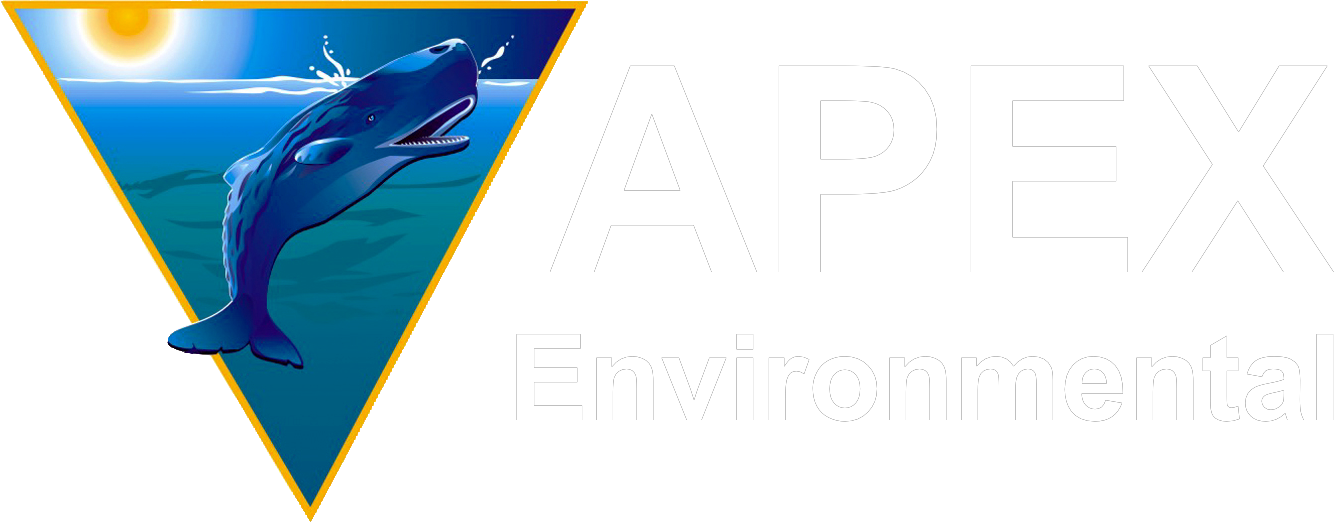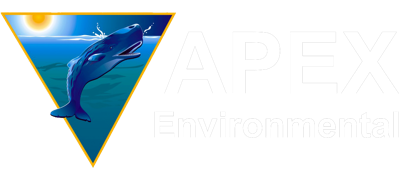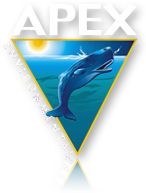Eye on the reef Program
Participatory coral reef monitoring and education programs for commercially important tourism sites.
Introduction
Eye on the Reef -Objectives
Eye on the Reef – Data Collected
Identification Photographs of Coral Health Indicators
Result Categories
Examples
Conclusion
Eye on the Reef Ecology Field Courses
Eye on the Reef Program – Introduction
The Eye on the Reef Program produces site-specific information on reef stresses of direct relevance to the nature-based reef tourism industry.
In the field of environmental management, the most under utilized resource today is the community. Ever since the first rock art drawings were used to depict images of animals needed for survival, the community has contributed valuable information to our understanding of the environment. For many years, the community has been our only “eye on the environment”. The 19th Century whalers for example, documented the location and species of each whale caught some 200 years ago.
These records, although gathered by non-scientists, now provide invaluable research clues to our understanding of whale distribution and abundance, population dynamics and migration routes – all highly relevant issues to the effective management and conservation of cetaceans So the concept of the community gathering useful environmental information is not a new idea, and has been an integral part of resource management for many years. What has changed is our attitude to the value of this information.
Today, science and scientists provide the community with the bulk of our knowledge and understanding of the environment. This, together with socio-economic and political considerations, provides the basis for our decision-making, legislation and resource management.


“In the field of environmental management, the most under utilized resource today is the community.”
Community involvement provides for a much-needed feedback mechanism as to whether these decisions and resulting management strategies are relevant and effective in producing the desired outcomes.
The Eye on the Reef Program was developed as a hands-on reef monitoring and education program from within the reef tourism industry on the Great Barrier Reef and has gained support from key community and conservation groups. Government initiatives and in-kind support from the reef tourism industry have acted as a catalyst for this project.
The Eye on the Reef Program is designed to establish a better understanding of reef ecosystems management and coral health issues, as seen through the eyes of its trained participants: usually non-scientists such as reef tourism personnel and marine rangers responsible for policy implementation at remote reef sites.
It solidifies the cooperation between different stakeholders relying on the quality of the marine environment, upon which many livelihoods depend and enables the community to become an active partner in reef monitoring and conservation.
Eye on the Reef Program – Objectives
- To enable reef tourism operators to collect useful qualitative data on a wide array of reef species and coral health indicators on important reef tourism sites.
- To enable reef guides and other tourism professionals to increase the understanding of, and interest in, their working marine environment.
- To broaden and enhance the interpretation skills and environmental awareness of participants in global coral reef conservation issues.
Eye on the Reef Program Data
1. Environmental Conditions:
- Weather and sea state, water temperatures, cloud cover, currents.
2. Reef Use:
- Commercial, recreational and traditional reef use.
3. Large Marine Creatures
- Sightings of whales, dolphins, dugong, sea turtles, rays, sharks and billfish – photographic identification list supplied.
4. ‘Target’ Reef Animals:
- Specific reef creatures of commercial, ecological, cultural and educational importance – photographic identification list supplied.
5. Coral Health Indicators:
A comprehensive list of coral predators and other factors influencing coral reef health – photographic identification list supplied. These stresses do occur naturally on reefs but their occurrence and intensity can be exacerbated by numerous human activities:
- Coral malformations
- Coral diseases:
- Black-banding disease
- White-banding disease
- Outbreak coral predators:
- Drupella snail
- Crown-of-Thorns Starfish (Acanthaster planci)
- Unidentified feeding scars
- Macro-algae abundance
- Surface algal slicks – Trichodesmium sp.
- Coral bleaching
- Recent coral breakages
- natural causes
- tourism impacts
- destructive fishing practices
These monitoring parameters were selected by consulting local community groups, the reef tourism industry, government reef management agencies and Aboriginal communities.
It is of great importance to understand the ecological conditions that favour coral reef stress in order to assess which levels of coral stress are naturally occurring on a pristine ‘healthy’ reef system and whether coral health is influenced in any way by specific human activities. The active participation reef monitoring and education program outlined here will increase our understanding of this important aspect of coral reef conservation.


“This early warning capacity of the Eye on the Reef is of great value to the reef tourism industry especially.”
The program’s data is collected by trained non-scientists and is referred to industry, government, and scientific institutes. Data is compiled in a customized, query-based and user-friendly Eye on the Reef Database. Periodic status reports with site-specific results are sent to the operators involved and management authorities.
The program has established highly trained individuals to visually monitor coral reefs and verify observations from those involved without formal training, such as tourists or interested locals.
The Eye on the Reef is designed to be easily transportable and trainable. Its methods are deliberately low-tech with an emphasis on user-friendliness and consistent data quality. Thus the program is also of relevance to monitoring remote reef areas.
“The Eye on the Reef monitoring program combines marine environmental monitoring with education and interpretation activities. It increases community awareness of reef conservation issues and produces valuable data on important biological indicators of coral reef health.”


Eye on the Reef Results Categories and Real Life Examples.
- Reef monitoring aspects
- Environmental factors.
- Abundance and distribution patterns of specific:
- Coral Health Indicators (CHI).
- Large Marine Creatures (LMC).
- Target Reef Animals (TRA).
- Ecology – Food chain observations, spawning, mass mortalities, behavioral observations.
- Episodic events – Plume locations and movements, jellyfish outbreaks.
- Public reporting – Reef use, conflicting activities, illegal activities.
Tourism benefits – Monitoring of CHI, LMC, TRA, realistic client expectations, marketing avenues, monitoring dangerous jellyfish abundances and sting occurrences.
- Educational aspects
- Increase environmental awareness of tourism industry personnel.
- New reference materials and manuals with an active participation component that promotes minimum impact practices.
- Workshops, field days and follow-ups provide for regular information exchanges.
- Social aspects
- The value of public reporting – from unknown species to illegal reef use.
- Crew and client satisfaction – product enhancement.
- Increased ownership of the monitored site and reef region as a whole.
- Results from Eye on the Reef
- Detailed outbreak coral predator, coral diseases, and other Coral Health Indicators occurrences on all commercial sites included in the program.
- Detailed Large Marine Creatures occurrences on all commercial sites included in the program – initial marketing of encounter rates.
- Detailed Target Reef Animals occurrences on all commercial sites included in the program.Recent coral breakages reports – identification of operator impacts and recommendations.
- Inappropriate fishing activities by locals on tourism sites:
- Targeting fish feeding aggregations.
- Collecting aquarium specimen along introductory dive trail.
- Jelly fish outbreaks, dangerous stinging details – precautionary measures discussed.
- Coral spawning events.
- Detailed fish spawning events over a 3 month period.
- Freshwater plume movements towards outer reefs (40 km offshore) after torrential rainfall periods.
- Sightings of endangered marine life at rare extra-limital locations.
 Both the Acropora Coral Health and the Eye on the Reef Monitoring Programs facilitate a way in which the reef’s (eco)tourism industry can participate directly in innovative reef monitoring and education programs.
Both the Acropora Coral Health and the Eye on the Reef Monitoring Programs facilitate a way in which the reef’s (eco)tourism industry can participate directly in innovative reef monitoring and education programs.
The data, although collected by non-scientists and partly anecdotal, produces useful results in base-line and seasonal occurrences of the targeted wildlife and environmental perturbations occurring on commercially important reef sites. Any areas of special scientific or management interest can then be further investigated by management authorities.
In addition, the programs result in an increased interest and overall awareness of the reef tourism industry in its working environment and are of great benefit to the operator’s activities, marketing approach, and clientele satisfaction.




